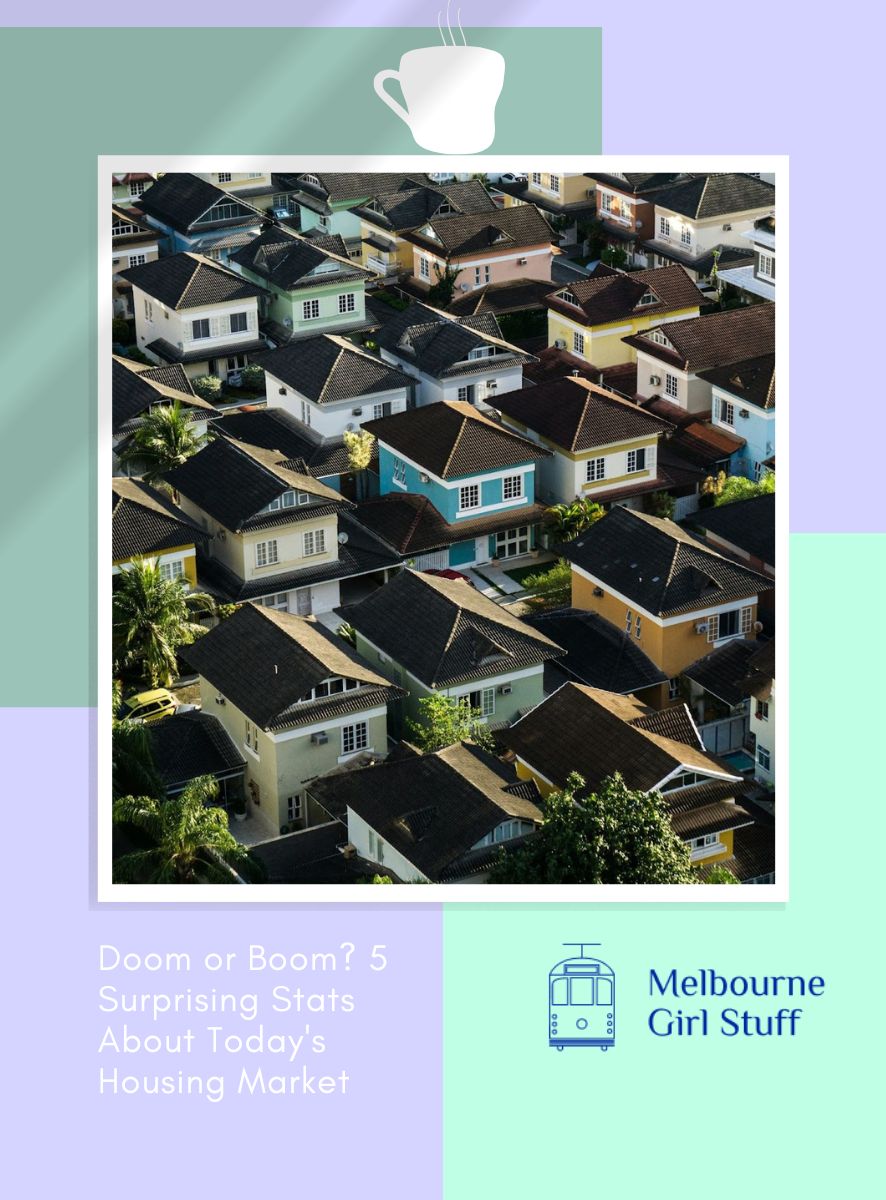The housing market has never been a bastion of predictability, but 2024 seems determined to outdo itself in the chaos department. While some experts are stockpiling canned goods and predicting a housing apocalypse, others are breaking out the champagne and forecasting a boom. The truth? It’s messier than you could possibly imagine, but not as dire as you might think. Let’s get into the dirty details so you can see what we mean for yourself!
1. The Great Rental Vanishing Act
Remember when finding a rental was as simple as scrolling through listings while drinking your morning coffee? Those days have apparently packed their bags and moved to a different dimension. Australia’s rental vacancy rates have dropped below 1% in some capital cities—numbers so low they’re making statisticians double-check their calculators. To put this in perspective, you now have a better chance of spotting a unicorn than finding a rental in certain neighbourhoods.
If you’re ready to turn your emergency fund into a home deposit and explore Bellarine Peninsula display homes this weekend, you may want to hold your horses. The next points have some important stats for hopeful homebuyers to consider.
2. The Housing Supply vs. Population Hunger Games
Over the next decade, Australia needs to house an additional 1.8 million households. Meanwhile, new housing construction is moving at the speed of a snail having an especially relaxed day. It’s like trying to feed an entire football stadium with a single food truck—the maths just isn’t adding up. When this supply-demand mismatch moves from statisticians’ spreadsheets out into the real world, we can expect house hunting to become an Olympic sport.
3. The Interest Rate Plot Twist
Conventional wisdom says rising interest rates should cool property prices. Yet some cities clearly didn’t get the memo. While certain markets are doing their best impression of a deflating balloon, places like Perth and Brisbane are strutting around like they’re immune to economic gravity. It’s the kind of market split personality that gives economists headaches, and it’s even worse for everyday Australians looking to get into the market.
4. Construction’s Comedy of Errors
Remember when construction delays meant adding a few weeks to your timeline? Those were the good old days. Now, the State of the Nation’s Housing report revealed builders are padding their schedules with up to 40% extra time for “unexpected delays”—up from the previous 20%. Between supply chain hiccups and labour shortages, building a house has become more complicated than assembling IKEA furniture in the dark.
5. The Great Household Shuffle
The pandemic didn’t just change how we work—it rewrote the entire housing playbook. More people are living alone, working from home, and demanding spaces that can double as offices, gyms, and occasional dance studios. The market is scrambling to adapt, but change can only come so quickly. If you’re in a capital city, you’ll already have access to interesting new options, like serviced offices nestled in residential buildings, offering you an office, gym, pool, home, and other amenities all in one. However, if you’re in a smaller town, innovative options may not be so readily available.
For anyone trying to buy, sell, or simply keep a roof over their head, understanding these trends is vital. The market might be as predictable as Melbourne weather, but that doesn’t mean we’re all doomed. Between the doom-mongers and the eternal optimists lies a path forward—one that requires equal parts strategy, patience, and a healthy sense of humour about the whole situation.

